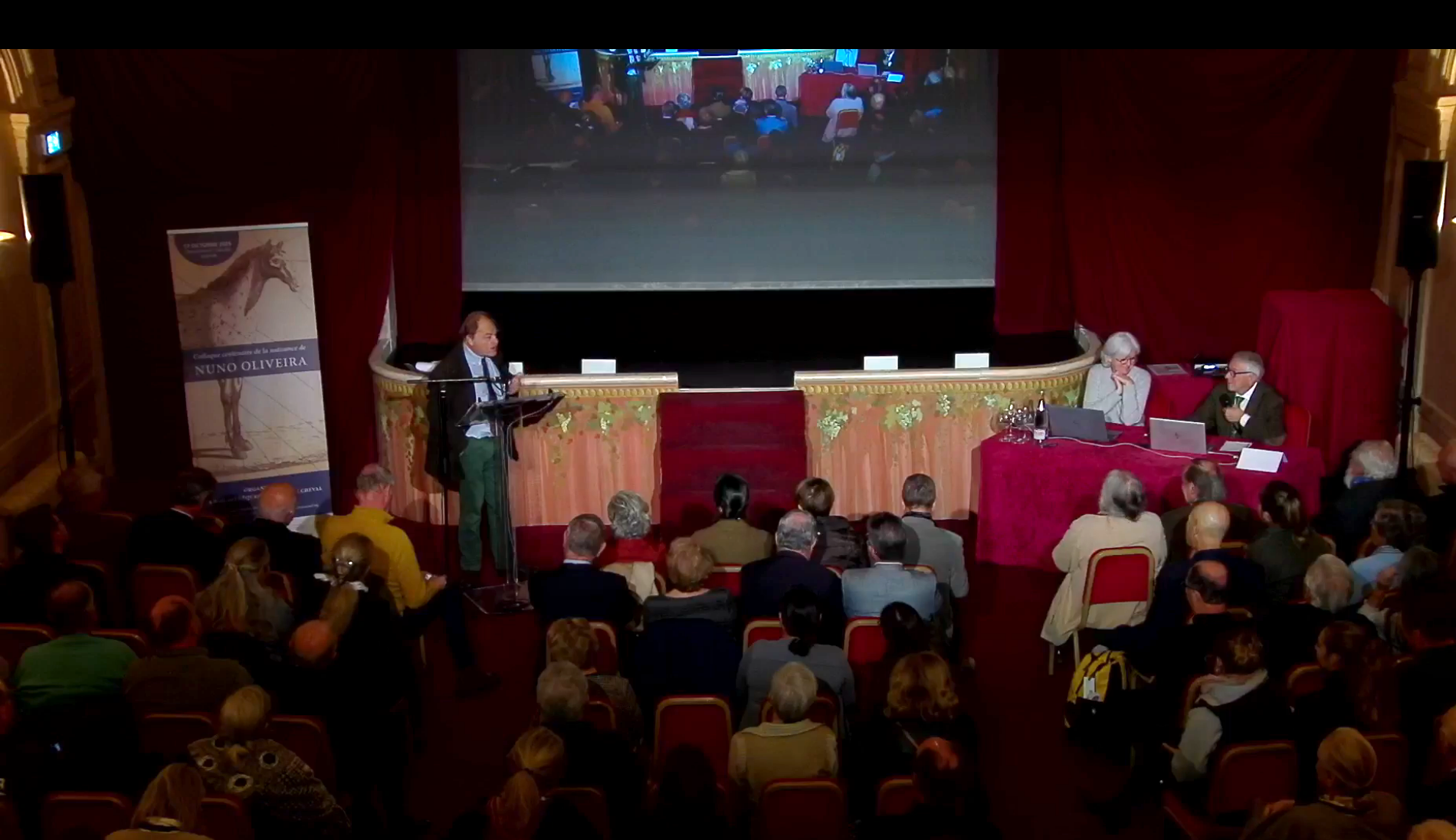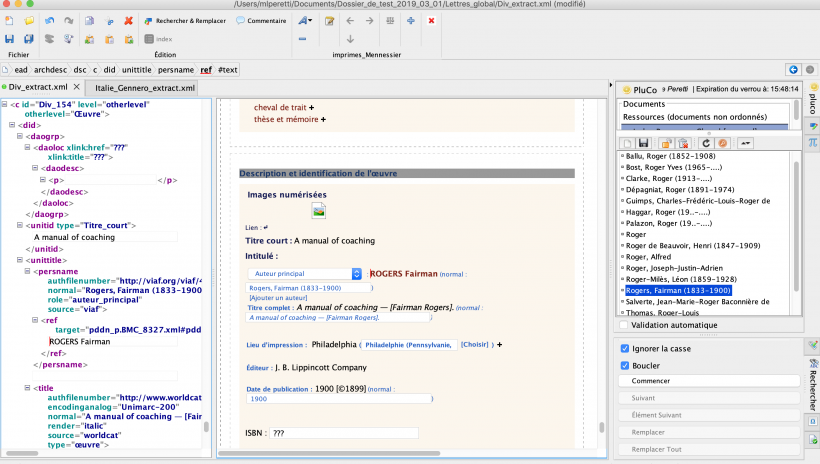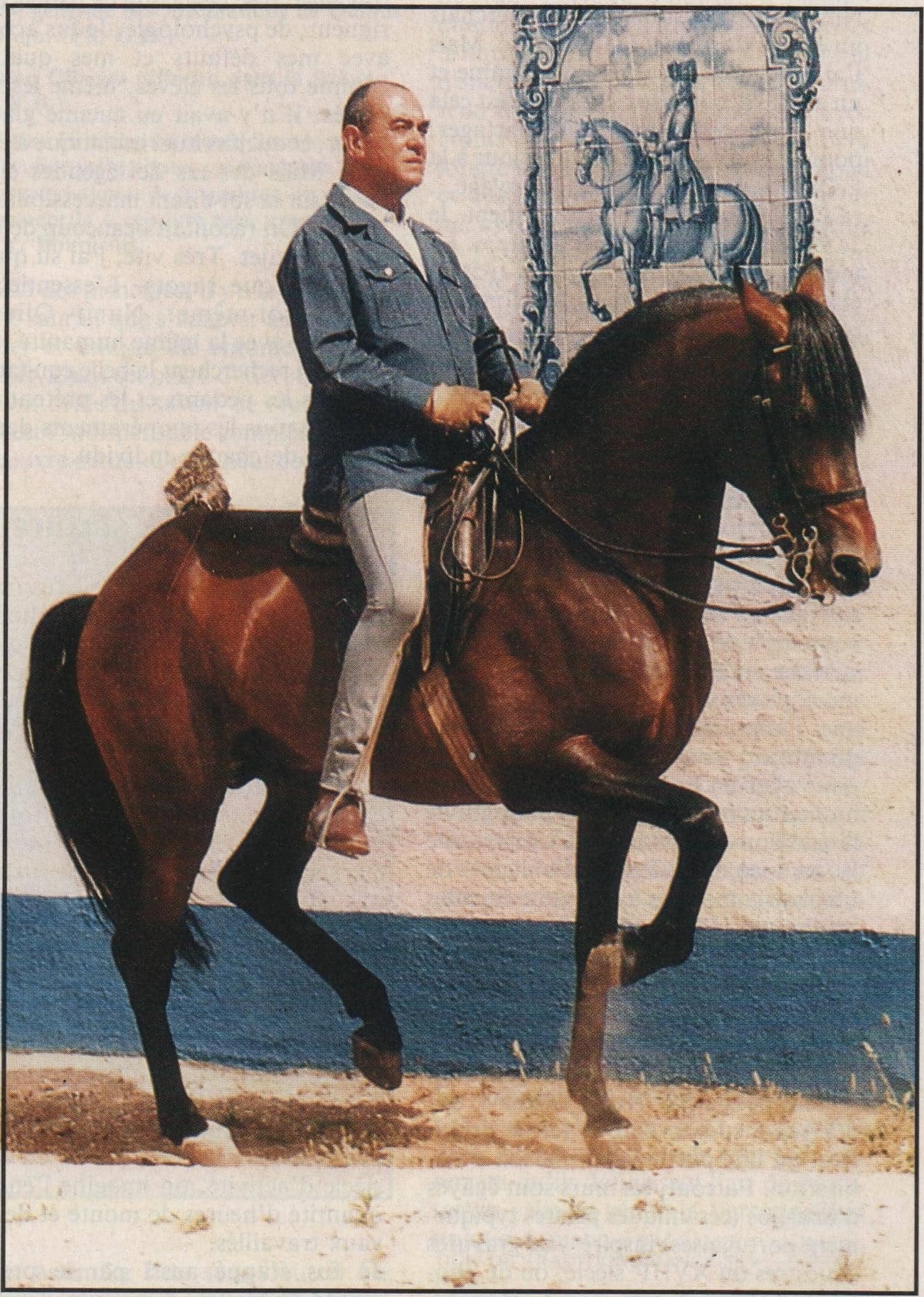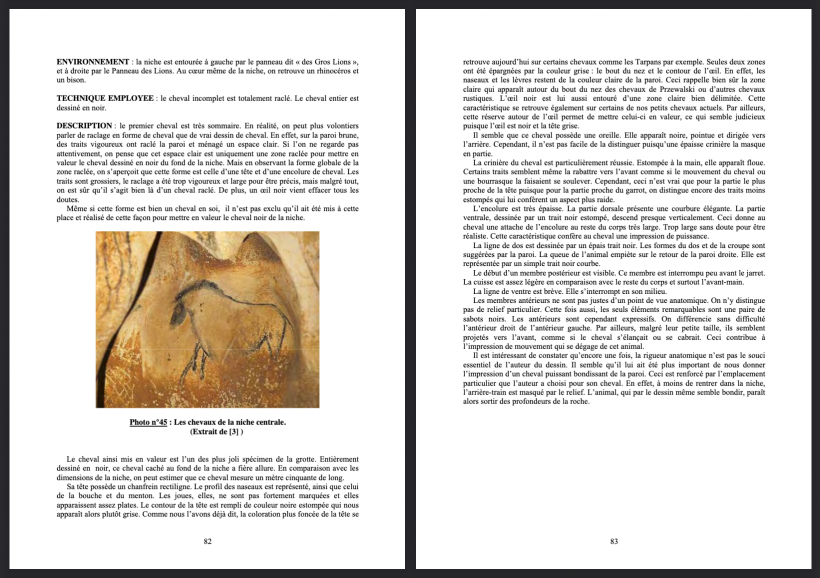about us
Creating a library of libraries about the horse is the center of the project that begins and which you will discover today. The modernity of cutting-edge digital tools of research, the immense accessibility of Internet networks, the skills of researchers and engineers, curators and connoisseurs are combined in order to make accessible and alive a treasure of knowledge and ideas about the horse.
The horse is a great subject of culture and civilization. It has been and continues to be the object of attention and interest in many civilizations for long periods of time and in several continents.
The horse, unquestionable companion of man for thousands of years, has been present in the economic and cultural development of humanity. It has been the means of transportation for innumerable conquests, an agricultural force that is missed, a pedestal of powerful men, a carrier of hope for race fans, a beloved animal of the young horsewoman, a total Olympic athlete. Undoubtedly, this animal has flowed rivers of ink since the beginning of writing. Subject transverse par excellence, the horse is present in all fields of the humanities, veterinary treatises, teaching books or literature. From the early Hittite writings, through Xenophon and its treatises, the Gueriniere and its bible of lights, the enemy brothers Baucher and d’Aure, the General Decarpentry, the Portuguese master Oliveira, to the iconoclast Jean d’Orgeix, and the Michel champions Robert or Kevin Staut, all have written and told about their time and their relationship with this animal.
In Europe, during the last centuries, the knowledge of Equestrian art has been compiled in books in Italy, France, Austria-Hungary, England, Spain, and in more recent times in Germany, to cite just some of the most prolific countries. In this way, public and private libraries have progressively collected knowledge, a heritage about the horse, equestrian art, and the many activities in which it is involved.
The heritage of notable books and libraries is quite extensive and at the same time it is not very accessible. The great interest of digital technologies is to imagine and build an immense library, the library of libraries, The World Horse Library that opens up access to this precious heritage and multiplies the possibilities of use. The research center on the digital text represented by the MRSH CNRS University of Caen offers the possibility of creating this virtual library of the XXI Century. The network of human competencies that the MRSH has implemented, the great program of the World Horse Library, with the support of the Normandy Region and the Ministry of Culture, will make accessible and give value to the contents of multiple libraries in a large virtual library. With just a few clicks, specialists, expert amateurs, and the general public will find texts, printed matter, manuscripts, images, drawings and photos.
EDITIONS IN DIGITAL INTELLIGENCE OF REFERENCE WORKS AND RARE WORKS
A large, reasonable selection of digitized works is already available in in extenso mode, or by pages. The World Horse Library will propose, in a second phase, the intelligent digitalization “smart digital” of notable works. This consists in using and composing with different digital tip technologies the possibility of navigating in one or several works, using the contents, bringing them closer to other contents, building their own sets starting from the first ones, etc., with great flexibility, excellent performance of the tools presented in the simplest way possible.
The MRSH, in cutting-edge research programs, has the experience of this intelligent digitalization, which enriches and perfects incessantly. In the horse theme, a prototype of this type of enriched “intelligent” digital edition has been successfully launched. It was implemented on the work of veterinarian Eugene Alix and Edouard Cuyer (The Horse – text and Atlas, 1886). In this way, one can animate the drawings of Edouard Cuyer on the locomotion of the horse, or discover all the layers of the anatomical drawings, which was impossible to do with simple digitalization.
In winter 2016-17, a first program was launched to prepare and structure this great project. It was based on a work elaborated more than 100 years ago by General Mennessier de La Lance (1915-1921). This former cavalry soldier managed to establish an emblematic and widely documented library that still in our time constitutes an authority on the subject. This inventory, of more than 8,000 references on the horse and riding, his comments, many of them digitized, is now available.
The work consists of completing this inventory and adding what has been published since then, following the line of critical comments. This base enjoys the latest technologies developed by the MRSH Digital Document Pole with the constitution of a prosopography base, annotated editions, major works, a thesaurus, etc. The homologues of Mennessier, the Spanish Torrecillas, or the English F.H. Huth, are going to complement this first scaffolding very soon. These three authors will be the backbone of the following collections.
Likewise, in parallel with this inventory, several commented editions will also be launched. Each work, or body of work, will be chosen and discussed with several specialists in the field.
THE SPIRIT OF THE PROJECT: COMPLEMENTARITIES, SHARED GAINS, GREAT PRESENTATION
The spirit of the project is based on complementarities, shared profits, and presentation. There is unanimous interest in the exaltation of the heritage of knowledge and libraries on the subject of the horse. No public or private library, or no owner of collections of rare works has the skills for a digital transformation at the most advanced level of contemporary research. Complementarity and the alliance of different knowledge worlds are the keys to the immense possibilities of this great project.
One of the guarantees of success is that each collaborator retains ownership and independence. His works do not physically move and the property is never alienated; which is constantly mentioned along with the owner’s collaboration. On the contrary, in the project, this gain of exposure and the provision of the work would not be possible in any other way. It also allows the exploitation of its resources, which would be impossible in any other field.
This dedicated site has the opening as its master guide. It offers robust parts of files and books, and at the same time presents them in a lively, informative and pedagogical way. The site will witness the life and progressive enrichment of the World Horse Library, proposing meetings all along the way: portraits of collectors, interviews with filing cabinets, the bibliography of an author, discovery of a book, study of a page… There are topics that become exciting, others that are worth discussing, the whole is often enriched by a video or an audio podcast, in short, a journalistic path. It’s like having a magazine on hand!
All this to achieve a single goal: satisfy the appetite and the demand of experts and connoisseurs, with the proposal to feed the columns of the site, but keeping it accessible to interest, challenge, and answer the questions of all those who did not have, until now, the possibility of enjoying a similar and wonderful compilation of knowledge.
SOLID ASSETS: A SOLID RESEARCH BASE IN THE DIGITAL FIELD, A UNIVERSITY AND A SUPPORTING REGION
The MRSH CNRS University of Caen is one of the most advanced French, and now European centers in terms of digital documents and writings. It is the resource center for the digital policy of journals sponsored by the CNRS, the point of support of an EQUIPEX (Excellence Team) of the PIA1 (Future Investment Plan), as well as the basis of a national research infrastructure on the digital writing (METHODS). Nearly 40 academic content projects are being developed permanently. Among them we find the Mont-Saint-Michel virtual library, the work of Descartes, the Bayeux Tapestry or the outstanding gardens of Europe.
A team of 12 engineers works permanently in the development of these projects, with the support of more than 80 professors-researchers and doctoral students dedicated to a large program of generic research on the digital document. The World Horse Museum project is based on this base and benefits from the research advances derived from the project itself.
Two connoisseurs of the horse and book world, passionate about a project of this kind, are project managers of the World Horse Library and work with the MRSH in its implementation. They are Marie-Laure Peretti, an expert in editing, who managed the only French library dedicated exclusively to the horse and Xavier Libbrecht, world-renowned expert in the world of horses and books on horses.
The Region of Normandy is one of the regions in the world where the horse occupies a place of great importance for its breeding, training, care, research, technical platforms, preparation, courses, international pole, and sale of purebred foals. There are many facets of something that became a true sector of economic activity. Nothing of tradition has been lost and modernity has advanced considerably. Normandy is a strong contributor to the MRSH to make the World Horse Library a territorial success. The research and the Normandy Region join forces to offer horse lovers the Equestrian Knowledge Library.
The French Institute of the Horse (IFCE) and the MRSH CNRS University of Caen reached an agreement to promote this library and the IFCE funds especially the “Cadre Noir de Saumur” to integrate them into the project. The Ministry of Culture strongly supports the project in France and abroad. Efforts have been made to associate numerous academic and specialized actors of the horse world.
The World Horse Library, library of libraries, has already begun to be formed and is open to you.
Pascal Buléon





